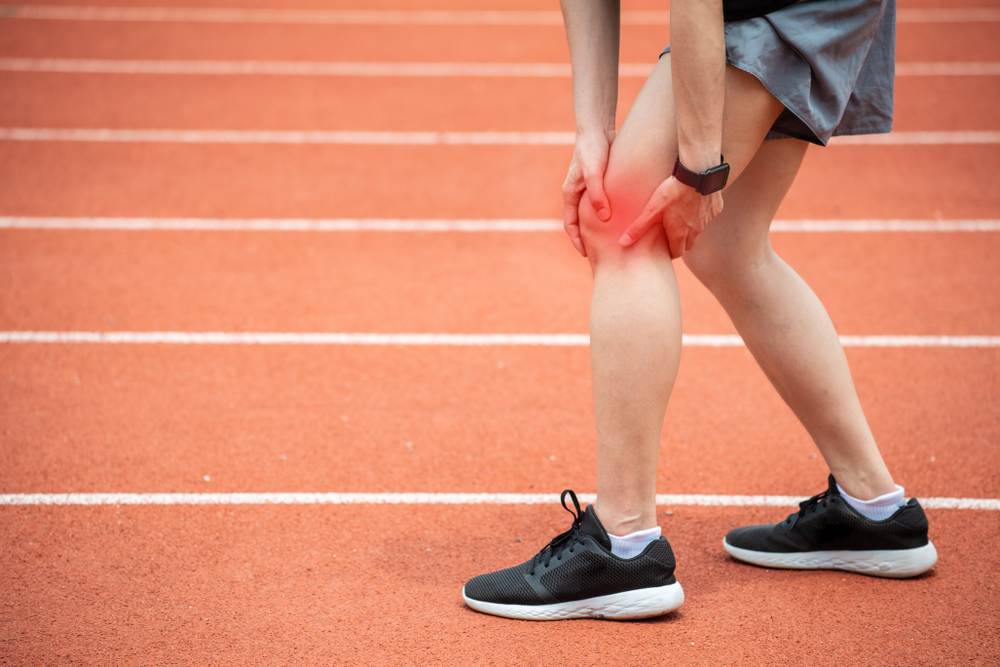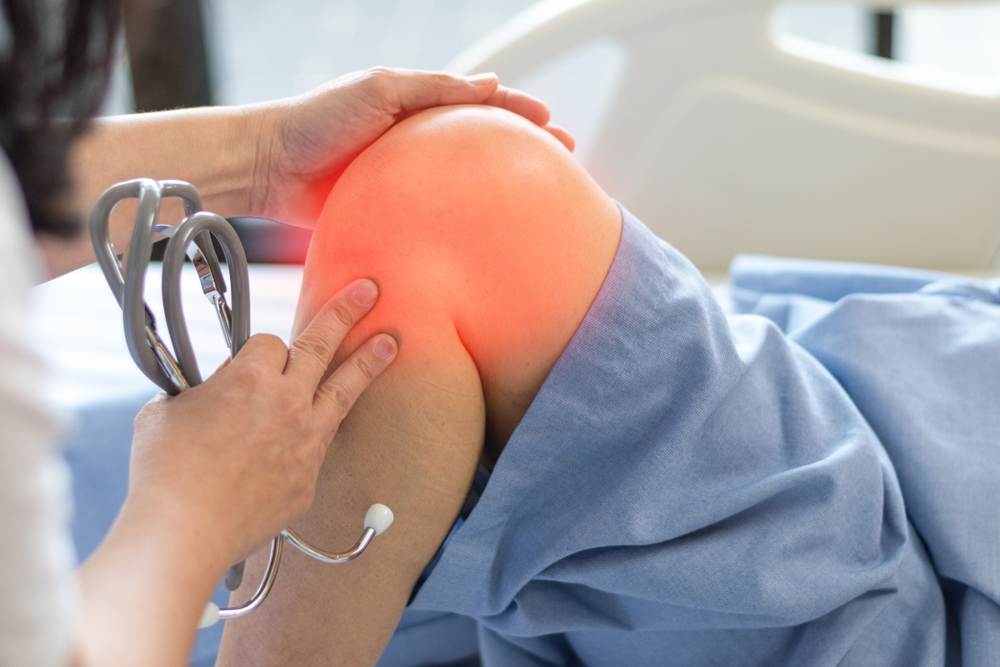A Physical Therapy Guide for Iliotibial Band Syndrome

Iliotibial band syndrome (ITBS) is a very common leg injury brought on by overuse or being under recovered from activity, making it very prevalent among athletes who play endurance sports. Up to 12 percent of running injuries and 24 percent of cycling injuries can be attributed to ITBS. Whether the person with ITBS is a professional athlete or just someone who is physically active, the goal is not to have future performance inhibited by these injuries. This is why people suffering from iliotibial band syndrome often visit a physical therapy clinic to find solutions for pain management and restoration of movement that allows for a return to activity.
About Iliotibial Band Syndrome
The main cause of Iliotibial Band Syndrome (ITBS) is excessive irritation at the outside, or lateral, part of the knee, which causes pain. Soft tissue that runs along the side of the thigh from the pelvis to the knee is known as the iliotibial band or IT band. As this band approaches the knee, the shape thickens and crosses the femur in a prominent area, the lateral femoral condyle, before attaching to the tibia. At the pelvis, it attaches to two hip muscles, the tensor fascia latae and the gluteus maximus.
Friction between the IT band and underlying structures can occur as a result of repetitive straining and bending of the knee, leading to irritation and inflammation. The pain from ITBS usually occurs with overuse during activities like running or cycling.
Diagnosing ITBS
Before you can begin treatment for ITBS, it must first be diagnosed to rule out other knee injuries and identify the source of your pain. Many people describe ITBS as a stabbing or stinging pain along the outside of the knee and a feeling of the IT band “snapping” across the knee as it bends and straightens. Swelling of the knee and tightness of the hip can also occur.
If iliotibial band syndrome is suspected, your first visit to the physical therapy clinic will be used to confirm this. You may review symptoms and medical history with a physical therapist before undergoing a physical examination to assess your strength, range of motion, and flexibility in the lower body. They may also perform a full movement analysis, assessing your body’s alignment and structure during various activities.
Treating ITBS with Physical Therapy
 Once they have assessed your injury’s severity, a physical therapist will develop a plan specifically to meet your goals and help you recover to the fullest extent possible. Some areas of focus can include:
Once they have assessed your injury’s severity, a physical therapist will develop a plan specifically to meet your goals and help you recover to the fullest extent possible. Some areas of focus can include:
Range of Motion
Abnormal motion of the knee, hip, or foot joint can be factors that contribute to ITBS because they are attached to the hip muscles. By assessing your leg’s movement and comparing it to expected normal motion, a physical therapist can identify areas for improvement and focus on them.
Muscle Strength
Weakness of the core and the hips can contribute to ITBS, as these areas help stabilize the trunk and pelvis during repetitive leg motions. Identifying the weak muscles and strengthening them can not only heal ITBS but prevent it from occurring again in the future.
Manual Therapy
A common physical therapy method, manual therapy involves a therapist using their hands to move and manipulate muscles or joints as a way to improve motion and strength. Through this, they are able to target areas you may struggle to reach on your own.
Functional Training
Teaching the body exactly how to perform controlled, coordinated movements is key to preventing the stress that causes injuries. A functional training program will be crafted around your sports and activities to replicate the motions, challenging your body to learn ways to move that do not contribute to your pain.
Preventing Iliotibial Band Syndrome
The best way to prevent ITBS is to maintain strength in the core and lower extremities and maintain flexibility. A goal of physical therapy will be to expedite the healing time with ways to prevent recurrence of ITBS. This includes strengthening the muscles and teaching proper techniques for your activities to keep the body safe during future movements. Physical therapists will usually create a program you can complete at home on an ongoing basis to maintain these improvements long after your treatment.